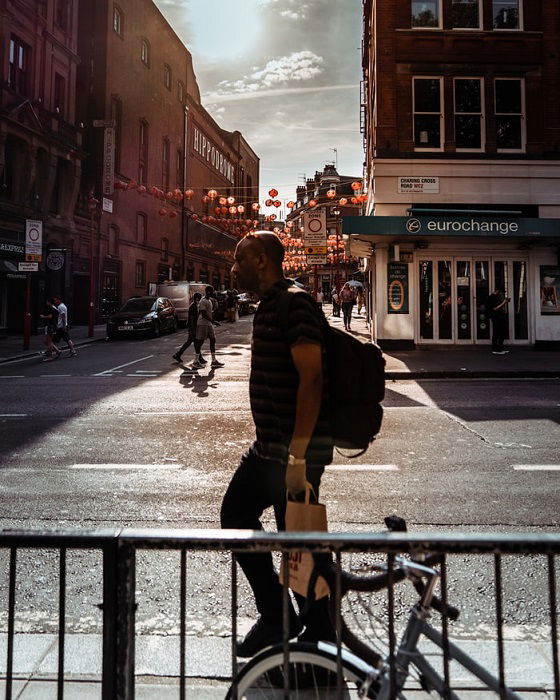Framing Streets Things To Know Before You Buy
Framing Streets Things To Know Before You Buy
Blog Article
The Main Principles Of Framing Streets
Table of ContentsUnknown Facts About Framing StreetsThe Single Strategy To Use For Framing StreetsThe Greatest Guide To Framing StreetsFraming Streets Things To Know Before You BuyWhat Does Framing Streets Mean?Framing Streets Can Be Fun For Anyone
Photography style "Crufts Canine Show 1968" by Tony Ray-Jones Street photography (additionally sometimes called honest digital photography) is digital photography performed for art or inquiry that features unmediated chance experiences and arbitrary occurrences within public places, normally with the objective of recording pictures at a definitive or poignant moment by careful framing and timing. 
Consequently his boots and legs were well specified, yet he lacks body or head, due to the fact that these were in movement." Charles Ngre, waterseller Charles Ngre. https://framingstreets1.godaddysites.com/f/framing-streets-mastering-the-art-of-street-photography was the first photographer to obtain the technological elegance required to sign up people in activity on the street in Paris in 1851. Photographer John Thomson, a Scotsman collaborating with journalist and social lobbyist Adolphe Smith, released Road Life in London in twelve monthly installations starting in February 1877
Our Framing Streets Statements
Eugene Atget is considered as a progenitor, not because he was the very first of his kind, yet as an outcome of the popularisation in the late 1920s of his document of Parisian roads by Berenice Abbott, who was motivated to take on a comparable documentation of New York City. [] As the city developed, Atget aided to promote Parisian roads as a deserving subject for digital photography.

The Basic Principles Of Framing Streets
Martin is the first tape-recorded professional photographer to do so in London with a masked electronic camera. Mass-Observation was a social study organisation established in 1937 which aimed to tape-record day-to-day life in Britain and to record the responses of the 'man-in-the-street' to King Edward VIII's abdication in 1936 to wed divorce Wallis Simpson, and the sequence of George VI. Between 1946 and 1957 Le Groupe des XV annually displayed job of this kind. Andre Kertesz. Circus, Budapest, 19 May 1920 Road digital photography developed the major web content of 2 events at the Museum of Modern Art (Mo, MA) in New York curated by Edward Steichen, Five French Professional Photographers: Brassai; Cartier-Bresson, Doisneau, Ronis, index Izis in 1951 to 1952, and Post-war European Digital Photography in 1953, which exported the idea of street digital photography globally.

What Does Framing Streets Do?
, after that an educator of young youngsters, associated with Evans in 193839.'s 1958 book,, was considerable; raw and usually out of focus, Frank's pictures examined mainstream photography of the time, "challenged all the official regulations laid down by Henri Cartier-Bresson and Walker Evans" and "flew in the face of the wholesome pictorialism and genuine photojournalism of American magazines like LIFE and Time".
Report this page